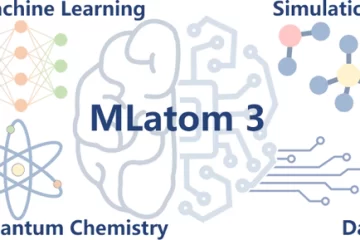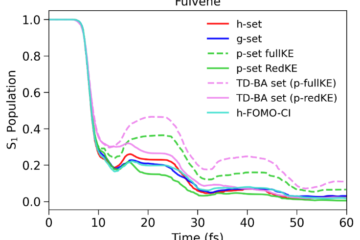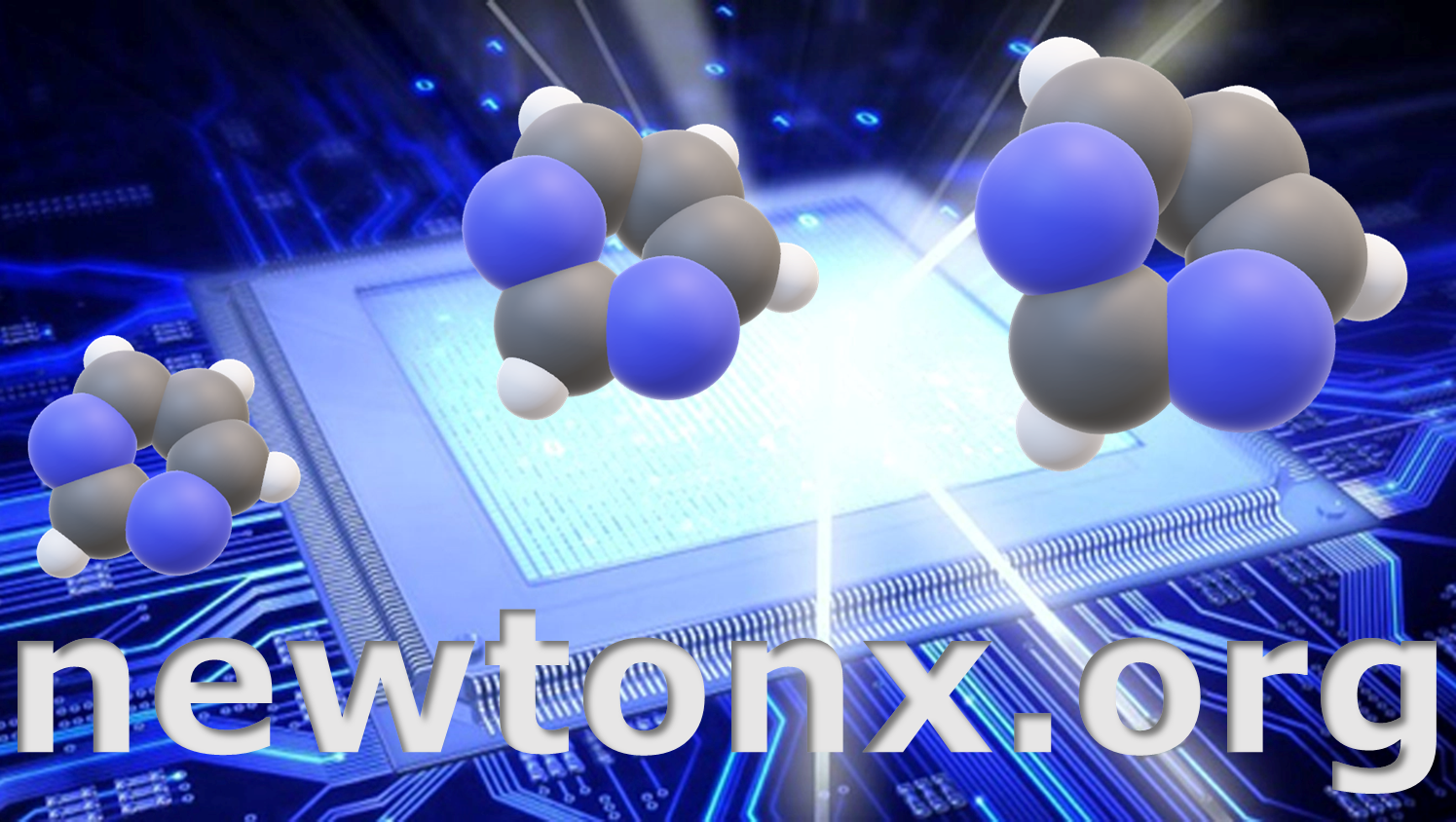New method allows excited-state simulations induced by thermal light.
In brief:
- A new method called Mixed Quantum-Classical Dynamics with Pulse Ensemble (MQC-PE) is proposed to simulate dynamics initiated by thermal light excitation.
- MQC-PE treats incoherent light as an ensemble of short coherent pulses based on the Chenu-Brumer approach.
- MQC-PE is tested in the context of surface hopping to simulate the dynamics of nucleobases and retinal.
- Time scales much longer than the ultrafast photophysics emerge due to the slow, incoherent excitation process.
Most of the theoretical techniques to simulate light excitation of molecules are set to deal with monochromatic, coherent short pulses, like lasers in time-resolved spectroscopy. Nevertheless, light from thermal sources like the Sun is fundamentally different from ultrashort lasers. Thermal light is broadband, incoherent, and continuous.
How can we adapt our simulation techniques to deal with solar excitation?
I have developed a new method called Mixed Quantum-Classical Dynamics with Pulse Ensemble (MQC-PE) to do such simulations in the frame of conventional methods, like surface hopping.
MQC-PE starts from the Chenu-Brumer approach for thermal light. This approach is particularly well-suited to be used in NA-MQC dynamics because the incoherent light is treated as an ensemble of coherent pulses, providing a natural bridge for methods like surface hopping.
To simulate the thermal light in MQC-PE, we should:
- Create an ensemble of initial conditions for trajectories, each one corresponding to a single pulse realization and considering the broad-spectrum of the light.
- Run the dynamics for each trajectory using conventional methods (like surface hopping).
- Do a statistical analysis of the ensemble, considering that each pulse realization happens at a different time and that the excitation probability depends on the electric field.
An advantage of this method is that it does not require any change in conventional dynamics methods. It works as a post-processing of the dynamics: each trajectory in the ensemble average is weighted by the effect of the incoherent field. (Supposing that dynamics was initiated over a large spectral region of a black body at the temperature of the light source.)
I have applied MQC-PE to two analytical models emulating surface hopping results for the dynamics of nucleobases and retinal. Both systems are well known for their ultrafast photophysics. Nucleobases return to the ground state within 1 ps and retinal isomerizes from cis to trans within 0.2 ps.
When we take the effect of the incoherent sunlight in their dynamics, we see much longer time scales emerging.
For the nucleobases, the balance of nucleobases being excited and de-excited leads to a steady population of excited nucleotides. In a human skin cell under continuous solar irradiation, for instance, MQC-PE predicts that there is, on average, two excited nucleotides.
For retinal, MQC-PE predicts that it takes 42 μs of solar irradiation to promote cis-trans isomerization. The isomerization is still in 0.2 ps, but it takes quite a long time to get the molecule into the excited state.
Under bright conditions, this delay doesn’t matter. Because there are many retinal molecules in a cone cell, it takes only 0.5 ps of solar irradiation to isomerize one or more of them. However, under dark conditions (called scotopic vision), it takes 1.9 ms to isomerize one or more retinal molecules in a rod cell.
Such long time scales show that when studying excited-state phenomena induced by thermal light, we may need to consider their incoherent nature to get a better idea of what is happening to the system. Therefore, to master the methodologies to simulate the molecular response to thermal light may profoundly impact the way we investigate many different fields, including photosynthesis, vision, solar-induced mutagenesis and carcinogenesis, photovoltaic devices, environmental and atmospheric photochemistry to name a few.
MB
Reference
[1] M. Barbatti, Simulation of Excitation by Sunlight in Mixed Quantum-Classical Dynamics, J. Chem. Theory Comp. DOI: 10.1021/acs.jctc.0c00501 (2020). (open access)


